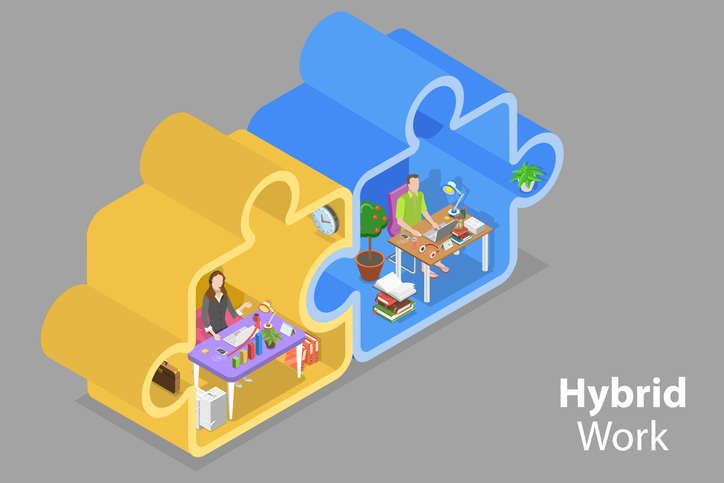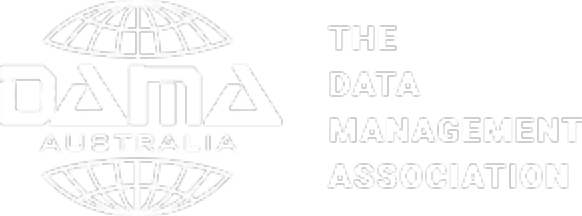Some cite the workplace as the area which has been disrupted in the biggest way since the pandemic began. What feels like years ago was in fact only late 2019, back when we first started hearing rumours of a virus spreading across continents and around the planet. This was followed shortly by worldwide closures in early 2020.
Since then the modern workplace has been in a state of near-constant change, never truly able to relax, as it were. That initial shift to working from home; readying your staff for a return to the office that may or may not happen; into lockdown, out of lockdown. Learning how we, the lucky ones, can continue doing what we do best from whatever small corner of our homes is serving as “the office” this week. Adapting to working with customers, suppliers and partners who are doing exactly the same thing.
Safe to say, the workplace has been disrupted almost beyond recognition.
Remote work used to be front and centre on any currently-hiring business’ benefits checklist. The ability to take your work away with you physically, rather than figuratively, for once. The flexibility to finally make work around our lives, instead of vice versa. A company who trust you to do your job with little-to-no supervision.
Offering the option to work remotely made you a stand-out, competitive employer on the talent marketplace – once.
And how things have changed.
The ability to operate with a remote workforce is now not just a badge of honour, but an indicator of security for potential employees. It’s a beacon reading the words, “We could see you through another year of this if we absolutely had to – our workplace is intact”, or some words to that effect. It’s no longer a benefit or perk – it’s a must-have.
Hybrid workforces are here to stay, disrupting the corporate landscape at an incredible rate. Office vacancy rates have soared worldwide; ostensibly as a cost-saving exercise in the face of uncertainty for many businesses, particularly during that initial pandemic panic. But, there are many businesses – notably Twitter, Shopify and GitHub – who have since opted to go largely, if not entirely remote, full-time. As we navigate through what surely must be the tail end of the pandemic, not everyone is wanting to go “normal”.
Both jobseekers and employers alike are seeing the benefits of remote work. A study by Buffer.com revealed that 99% of those interviewed said that they’d like at some point in their career to work off-site. A report from Zapier.com said that 74% of people would quit their job for one which offered a remote position instead. Jobseekers are ready to embrace this new way of thinking about the way we work.
And, of course, from an employer’s perspective, the upside seems great. Obviously, it depends what it is your business does and which roles we’re talking, here. But the potential cost savings with regards to real estate, business rates and expenses overall are undoubtedly huge in many cases.
With all that being said, there are potential downsides that go along with the pros when it comes to remote and on-site working – so, we usher in the age of the hybrid workforce. It’s one which has changed our entire concept of work-life balance. It’s an era which began with a massive shift in the way we look at our jobs, our teams, the companies we run. How we do business. Why we do business.
Are hybrid workforces the next big disruption?
As recruiters, we’re lucky to gain a unique perspective of what many businesses are doing, how they’re adapting. And we do our best each and every day to help them keep on-track towards their goals, by offering our expertise in talent attraction and the vast recruitment experience we’ve built over the years. Whether we’re building remote-friendly, remote-first or fully hybrid workforces, we’re excited to see how the next big disruption plays out.






